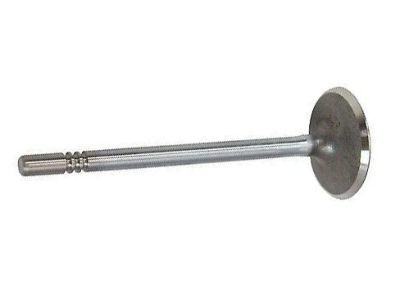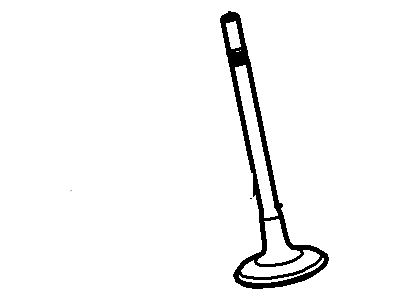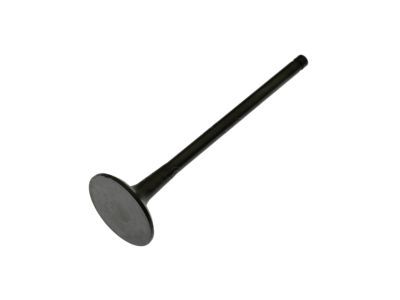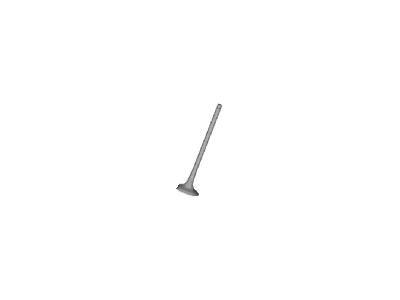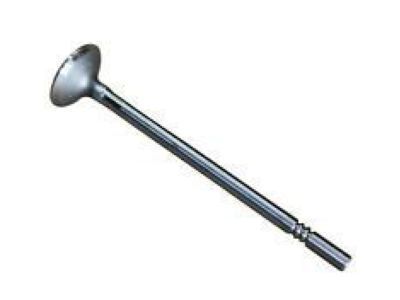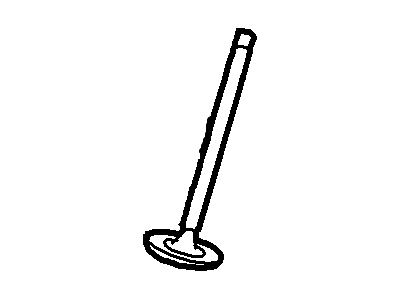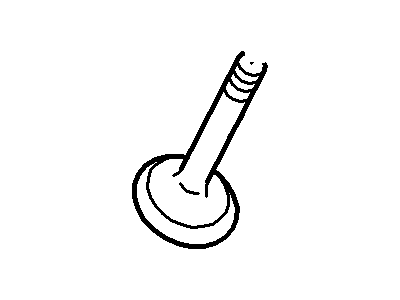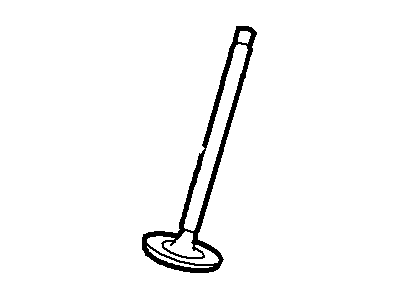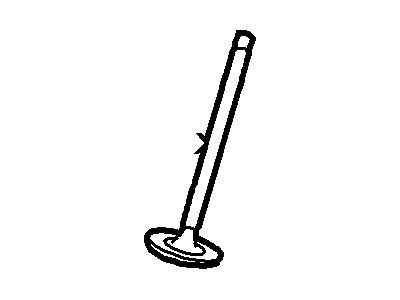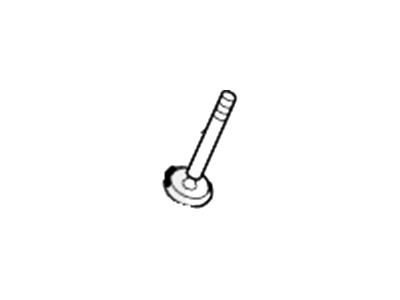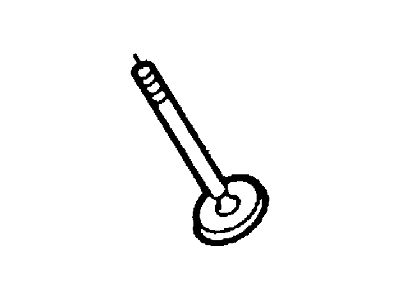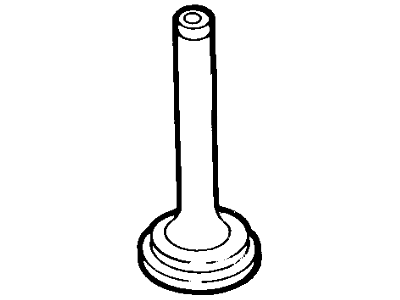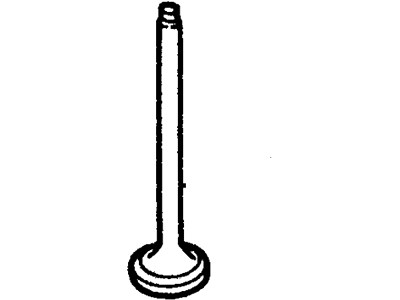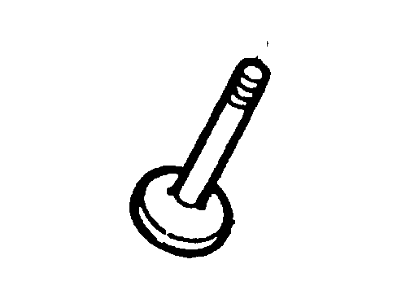

My Garage
My Account
Cart
Genuine Ford Ranger Exhaust Valve
Exhaust Muffler Valve- Select Vehicle by Model
- Select Vehicle by VIN
Select Vehicle by Model
orMake
Model
Year
Select Vehicle by VIN
For the most accurate results, select vehicle by your VIN (Vehicle Identification Number).
21 Exhaust Valves found
Ford Ranger Valve - Exhaust
Part Number: EJ7Z-6505-A$26.25 MSRP: $37.40You Save: $11.15 (30%)Ships in 1-2 Business DaysFord Ranger Valve - Exhaust
Part Number: 1S7Z-6505-AA$15.80 MSRP: $23.10You Save: $7.30 (32%)Ships in 1-3 Business DaysFord Ranger Valve - Exhaust
Part Number: YF1Z-6505-BA$13.73 MSRP: $18.75You Save: $5.02 (27%)Ships in 1-2 Business DaysFord Ranger Valve - Exhaust
Part Number: F57Z-6505-A$12.70 MSRP: $17.64You Save: $4.94 (28%)Ships in 1-2 Business DaysFord Ranger Valve - Exhaust
Part Number: 1S7Z-6505-A$15.80 MSRP: $23.10You Save: $7.30 (32%)Ships in 1-3 Business Days
| Page 1 of 2 |Next >
1-20 of 21 Results
Ford Ranger Exhaust Valve
While the vehicles by Ford's ranger model are equipped with the Exhaust Valve as part of the internal combustion engine that facilitates the expulsion of burnt exhaust gases from the engine cylinders. This is crucial for the durability of the engine especially since the Exhaust Valve can cause some problems such as reduced power, misfires, rough idle, poor fuel economy among others. Many types of Exhaust Valves have been used in the later models of Ford Ranger, and all of them aimed at increasing engine performance. The main working of the Ford Ranger Exhaust Valve is the ability to open and close at the correct time for better expulsion of the gases. Exhaust valve and its role plays significant part of the Ford Ranger's engine hence its function and condition is hugely important information.
We provide a wide range of Ford Ranger Exhaust Valve at the best prices possible. If you need Ford Ranger Exhaust Valve, you can shop with confidence on our website. All our OEM parts come with a manufacturer's warranty and are delivered to your door step with a fast delivery service.
Ford Ranger Exhaust Valve Parts Questions & Experts Answers
- Q: How to check and adjust valve clearances on 2000-2011 Ford Ranger?A:In this type of engine there is no manufacturer set service schedule for checking on the valve clearance, although high mileage or even a noisy valve train may might call for it. Before testing the valve clearances on the hydraulic lifters, the valve cover has to be removed and set the Number 1 cylinder on top dead center of the intake stroke while the exhaust and intake cam lobes face upward. Insert a feeler gauge below the cam lobe of the Number 1 cylinder and measure the thickness of the clearance between the cam lobe and the tappet and record the thickness of the four valves of the cylinder. Then, rotate the crankshaft further to 180 degrees to check clearances of the cylinder Number 3, check the cylinders Number 4 and 2, also. If any is seen to be outside the required range, then it should be corrected and a record of which valves have to be adjusted should be taken on a chart. Examining valve clearances is relatively easy, but adjusting them is quite a problem and this should be done with a micrometer. Should there be changes necessary, other camshaft tappets of different thickness will require to be used and precise measurement has to be done in order to choose the right tappet. If the clearance is to be small, a thin tappet should be installed; while if the clearance is to be large, a thick tappet will do. Once you have established the needful tappets, get them at a local dealership. Place the engine at Top Dead Center, torque the valve cover and front engine cover, take off the Timing Chain and both camshaft gears and both camshafts. When having to remove and replace tappets, and there are many, it is advised that they should be done one at a time to avoid mixing them because their faces may be of different thickness. Apply oil on the new tappets that you are going to fit and having fitted them, reverse the process of removing the tappets and before tightening any bolt or nut, oil the cam lover and journals, check and recheck the valve clearances, tighten tappets in the correct sequence followed by torquing every bolt that you tightened, and check all electrical and hose connections for proper connectivity and tightness. To start with, you should take your time and reinstall the engine so as to result to a precise automobile so as to cover up for a leak should there be one.
Related Ford Ranger Parts
Browse by Year
2023 Exhaust Valve 2022 Exhaust Valve 2021 Exhaust Valve 2020 Exhaust Valve 2019 Exhaust Valve 2011 Exhaust Valve 2010 Exhaust Valve 2009 Exhaust Valve 2008 Exhaust Valve 2007 Exhaust Valve 2006 Exhaust Valve 2005 Exhaust Valve 2004 Exhaust Valve 2003 Exhaust Valve 2002 Exhaust Valve 2001 Exhaust Valve 2000 Exhaust Valve 1999 Exhaust Valve 1998 Exhaust Valve 1997 Exhaust Valve 1996 Exhaust Valve 1995 Exhaust Valve 1994 Exhaust Valve 1993 Exhaust Valve 1992 Exhaust Valve 1991 Exhaust Valve 1990 Exhaust Valve 1989 Exhaust Valve 1988 Exhaust Valve 1987 Exhaust Valve 1986 Exhaust Valve 1985 Exhaust Valve 1984 Exhaust Valve 1983 Exhaust Valve
